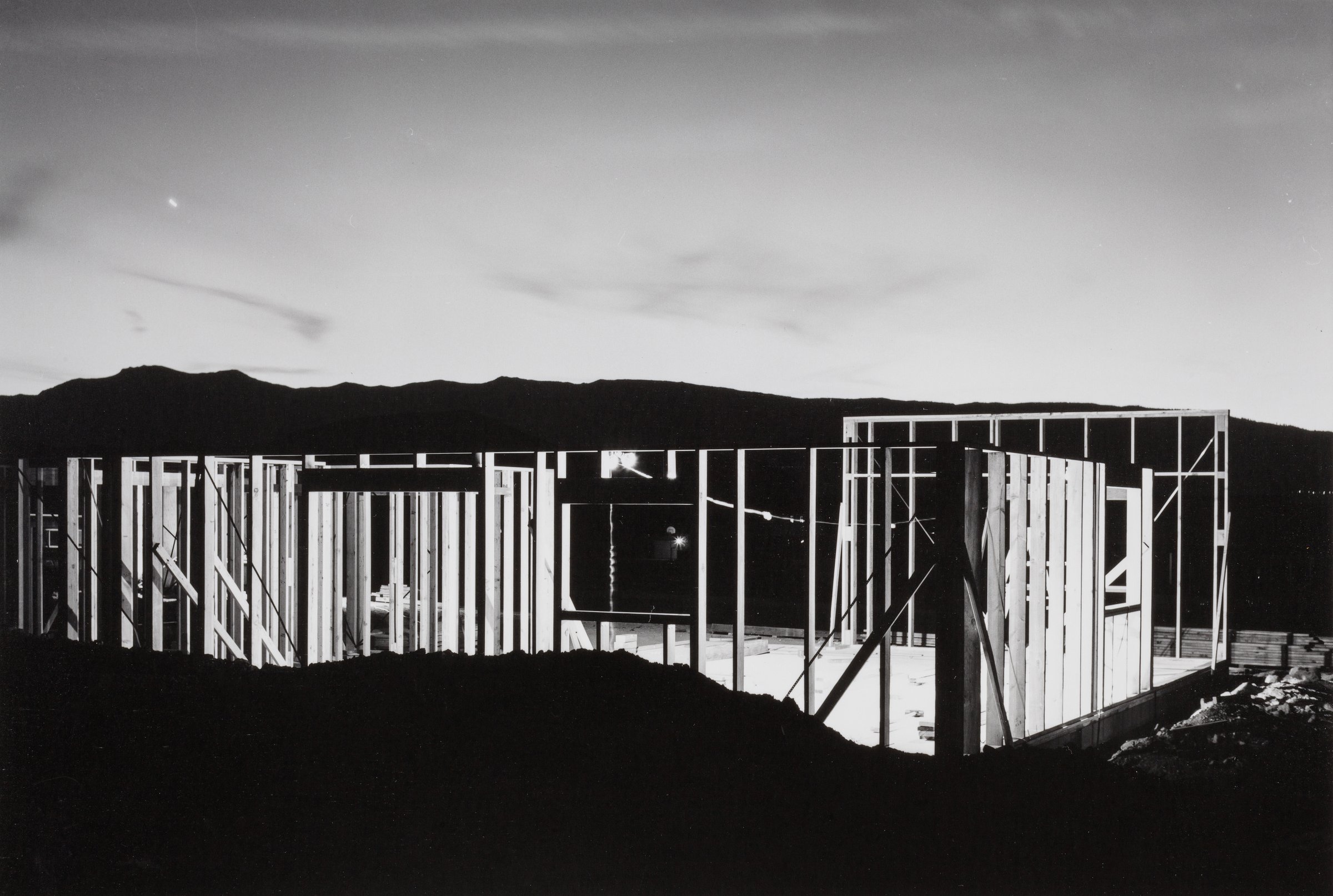
The following post is curated by Rebecca Morse, Associate Curator in the Photography Department at the Los Angeles County Museum of Art (LACMA).
LACMA recently received Untitled by Florian Maier-Aichen as a gift. The piece shows a mountainous scene with a dark sky and wispy clouds, and was created using infrared film. Inspired by the museum’s new gift, Morse began to build a thematic exhibition around the topic of darkness, exploring the different approaches artists take when capturing nocturnal moments. Here, LightBox presents work from the exhibition and additional nighttime images from the LACMA collection uniquely curated for this post.
The night is a shadowy stage where narratives play out under a cloak of darkness. Details are difficult for human eyes to discern — designed, as they are, to witness the world as it appears in sunlight, not bathed in starlight. Perhaps this is the lure of the photographic nocturne: to capture an image in the dark and bring it into the light for scrutiny?
Now, Night in Day, a new exhibition at the Los Angeles County Museum of Art, explores this ever-rich subject for photographic exploration.
The earliest nighttime photographs were images of the moon, made to demystify this seemingly magical orb dominating our night sky. When the dry-plate gelatin silver process became universal in the late 19th century, considerably reducing exposure times, photographs were not only made of the moon, but by the light of the moon. Karl Struss’ The Ferry-Moonlight is a small platinum print that pictures light reflecting on the water as seen from a woman’s perspective. With her back to us, she waits alone in the darkness, unaware of the photographer, and now the viewer, lingering behind her. This sense of apprehension is played up in Jack Delano’s self-portrait, in which he pictures himself as a dark figure lurking in the background of a glowing city.
The city is a rich subject for the nocturnal photographer; it forms the grim backdrop for the midnight rambler in Larry Clark’s Acid, Lower East Side. In the work of Todd Hido and Judy Gelles, suburban houses and mobile homes radiate with ambiguous warmth, leaving the viewer to guess what transpires inside. The glowing rectangle as narrative repository is employed by Hiroshi Sugimoto in Rubidoux, Drive-in, where the photographer has left the aperture open during the full run of a feature-length film, allowing the entire narrative to be absorbed by — or, perhaps to absorb — the screen.
Moonlit landscapes are a timeless subject and represent some of the most poignant nocturnal images. In Ansel Adams’ Moonrise, Hernandez, New Mexico, a remarkable balance between day and night is captured as the last glimmer of sun slips below the horizon and the moon rises over the valley. Nearly 65 years later, a visual kinship can be seen with Florian Maier-Aichen’s Untitled, which coyly plays with the nocturne. Here, infrared film shot from a helicopter high above the Western mountains has turned the clear blue sky and lush foliage into an otherworldly, sunless landscape, creating a haunting reversal of day and night.
Indeed, this very reversal acts as a handy synecdoche of the exhibition as a whole — Night in Day shows us that images made in the shroud of darkness, in unique ways, can be as revealing, complex and beautiful as those created in the light.
Night in Day runs at LACMA from May 3, 2014–Aug. 24, 2014
Rebecca Morse is Associate Curator of the Photography Department of LACMA
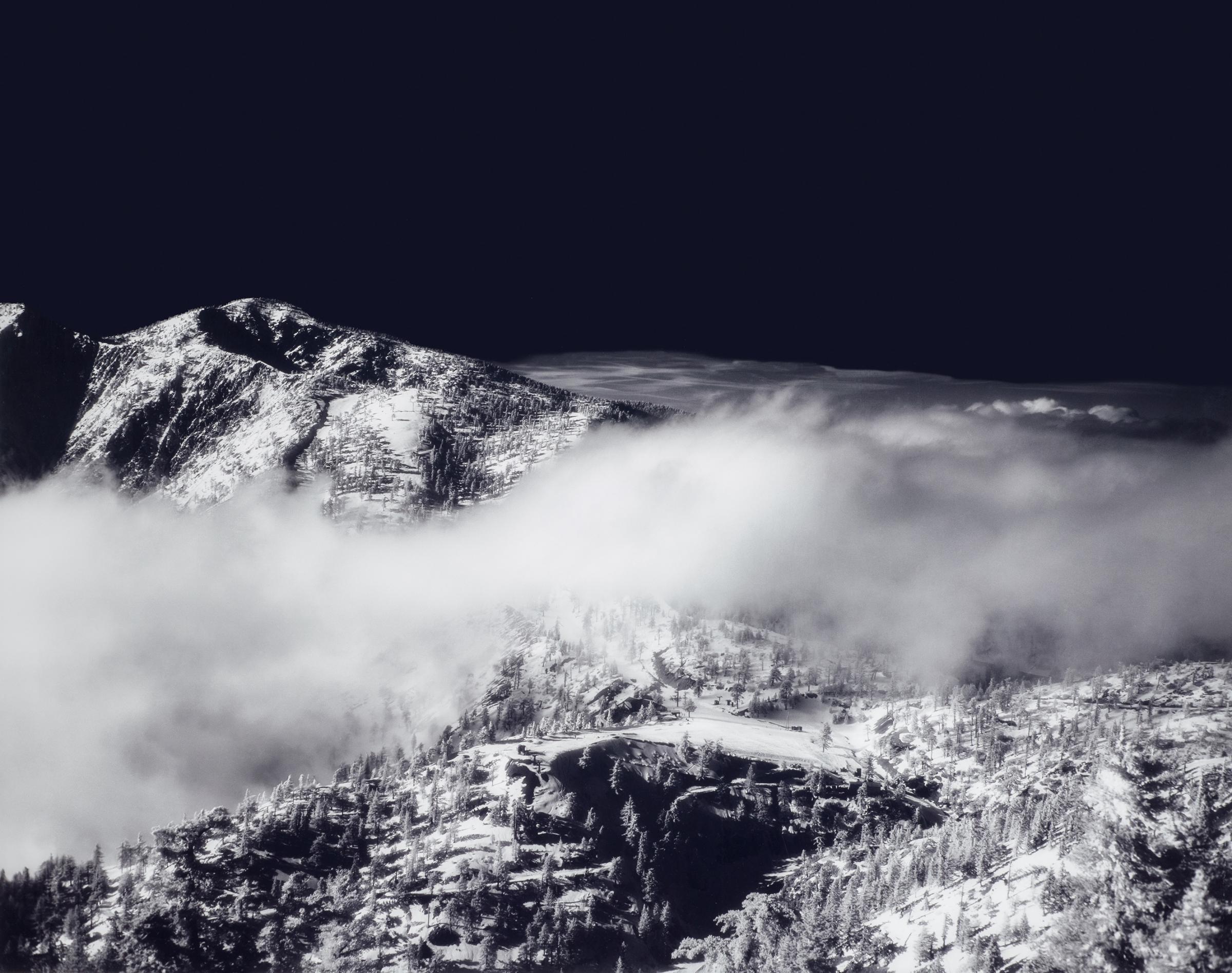


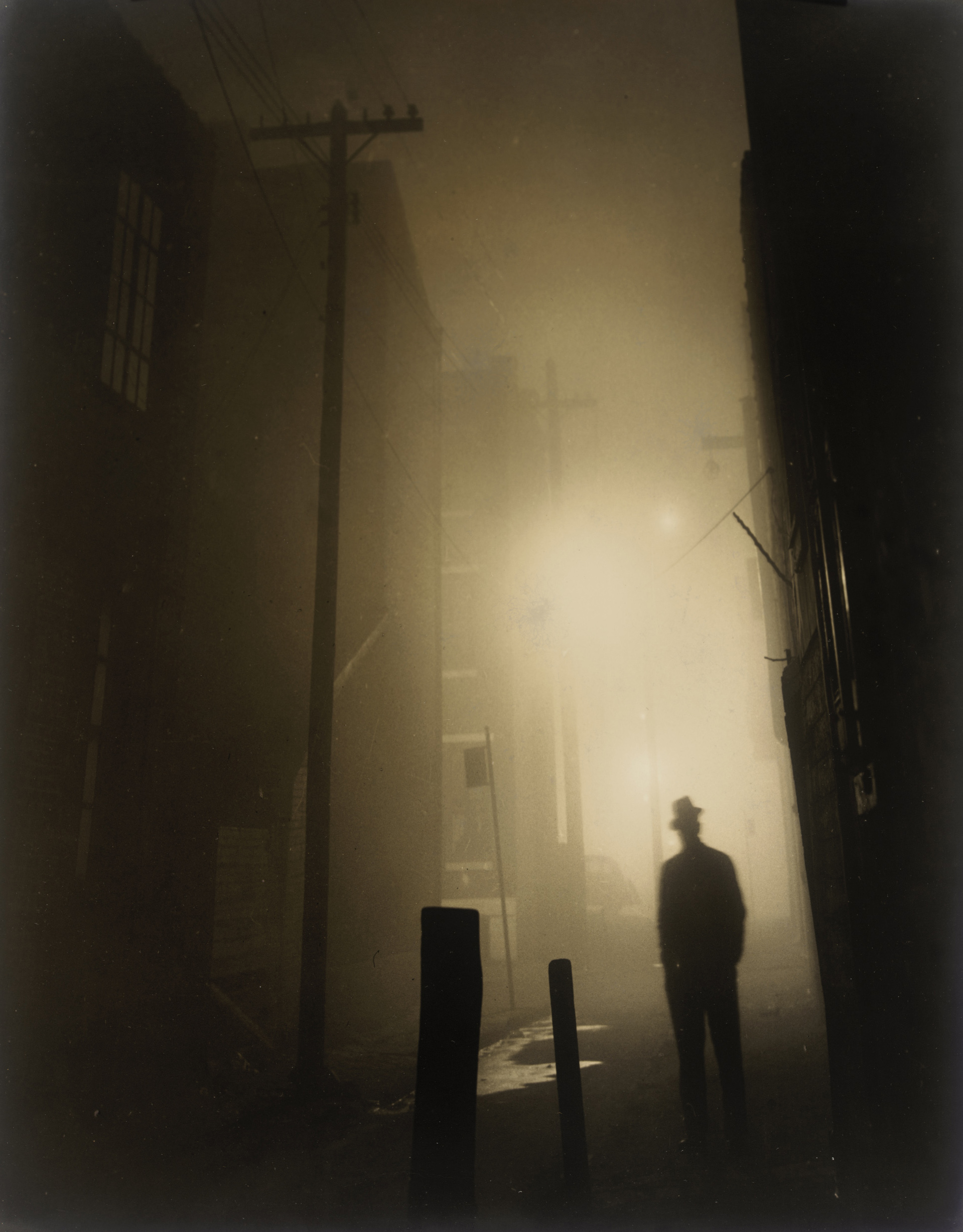
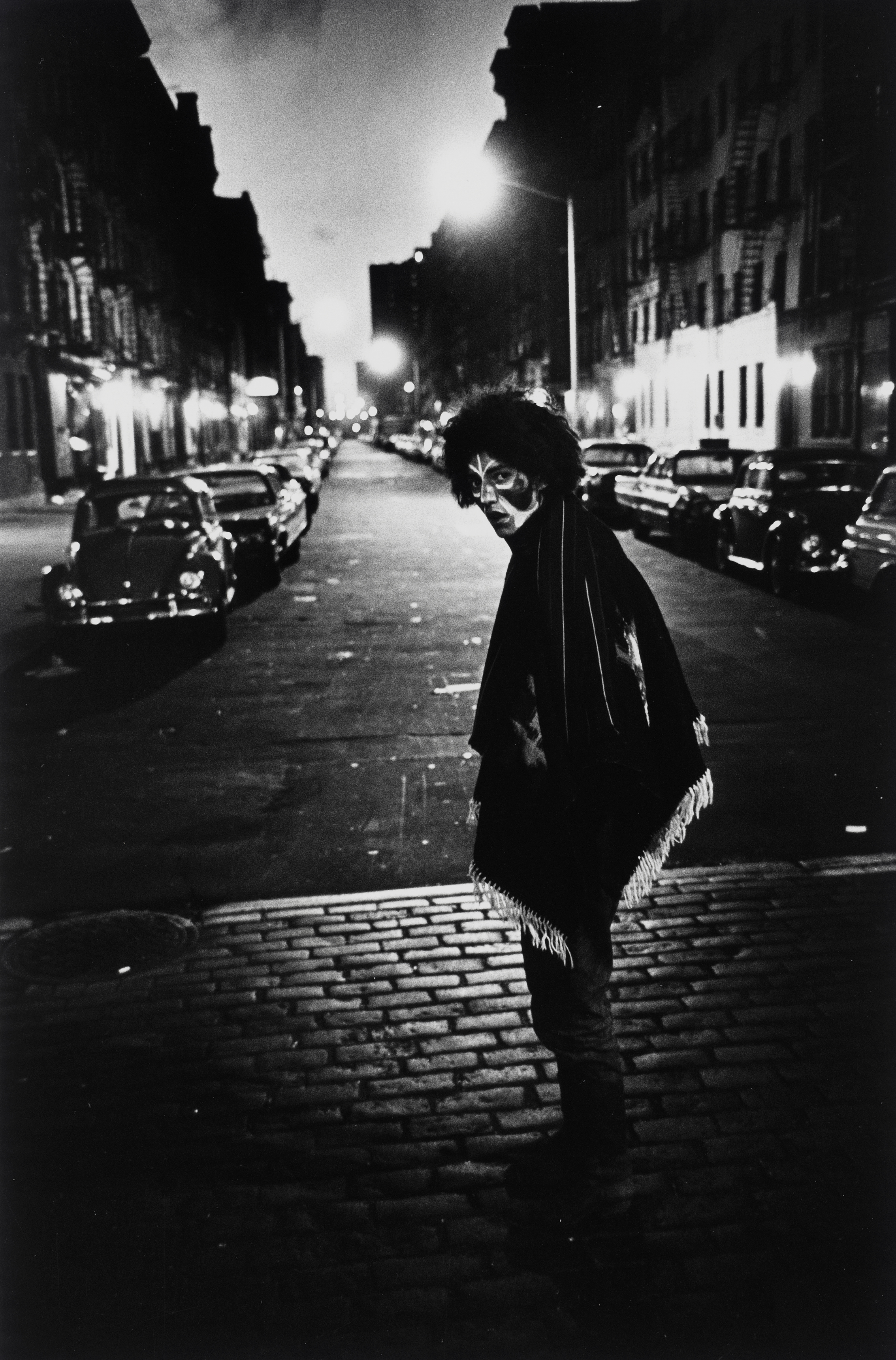
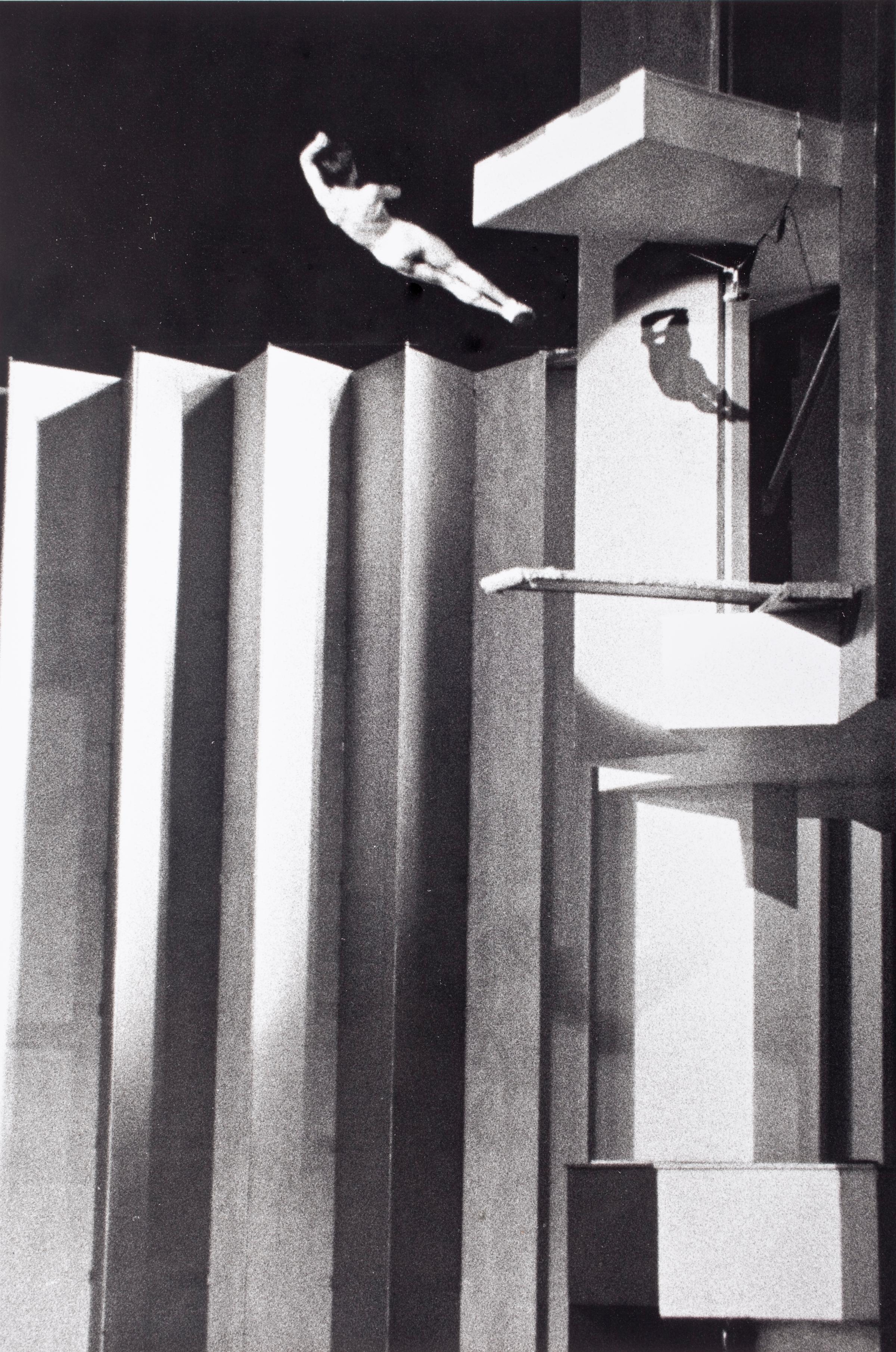
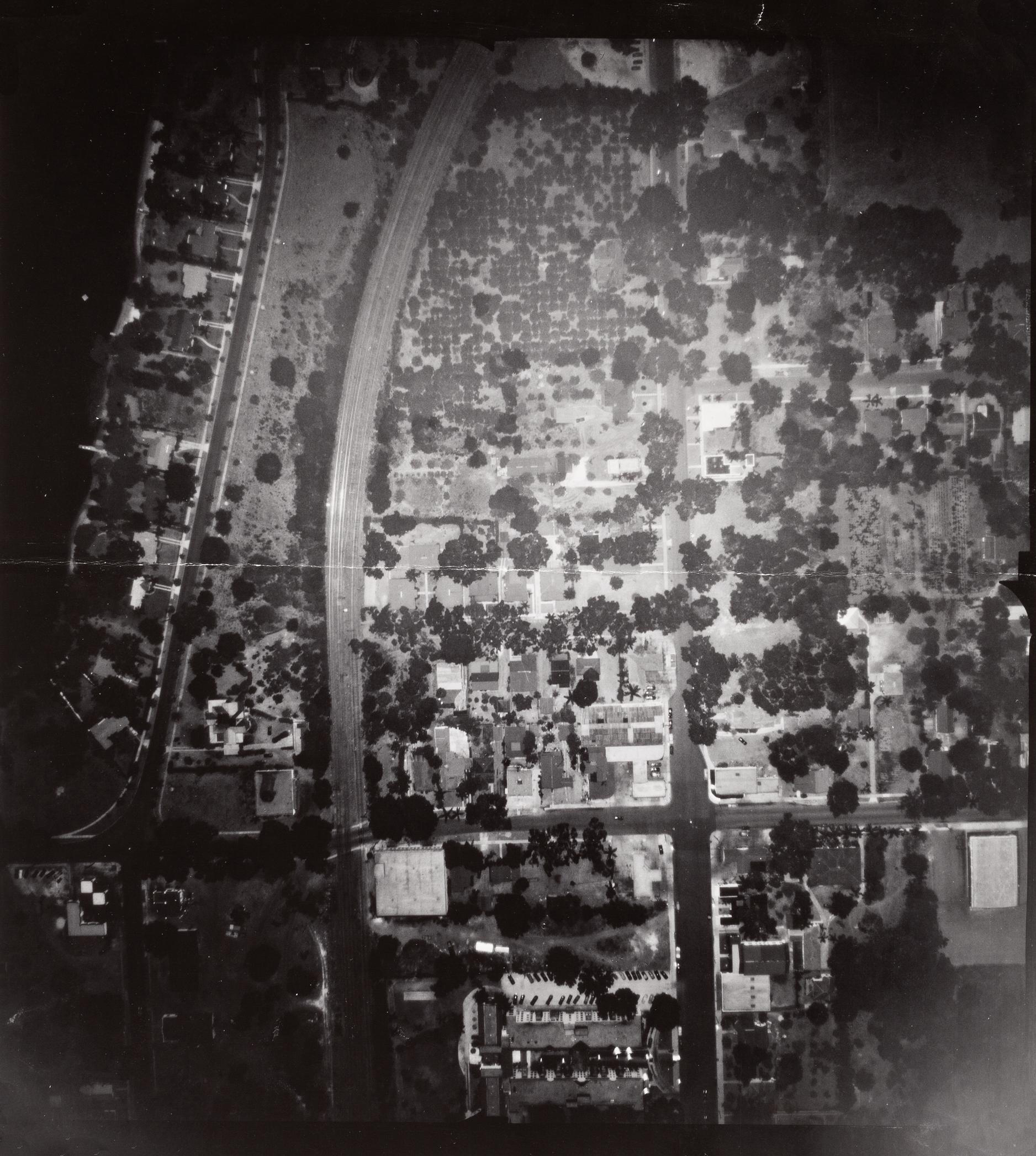

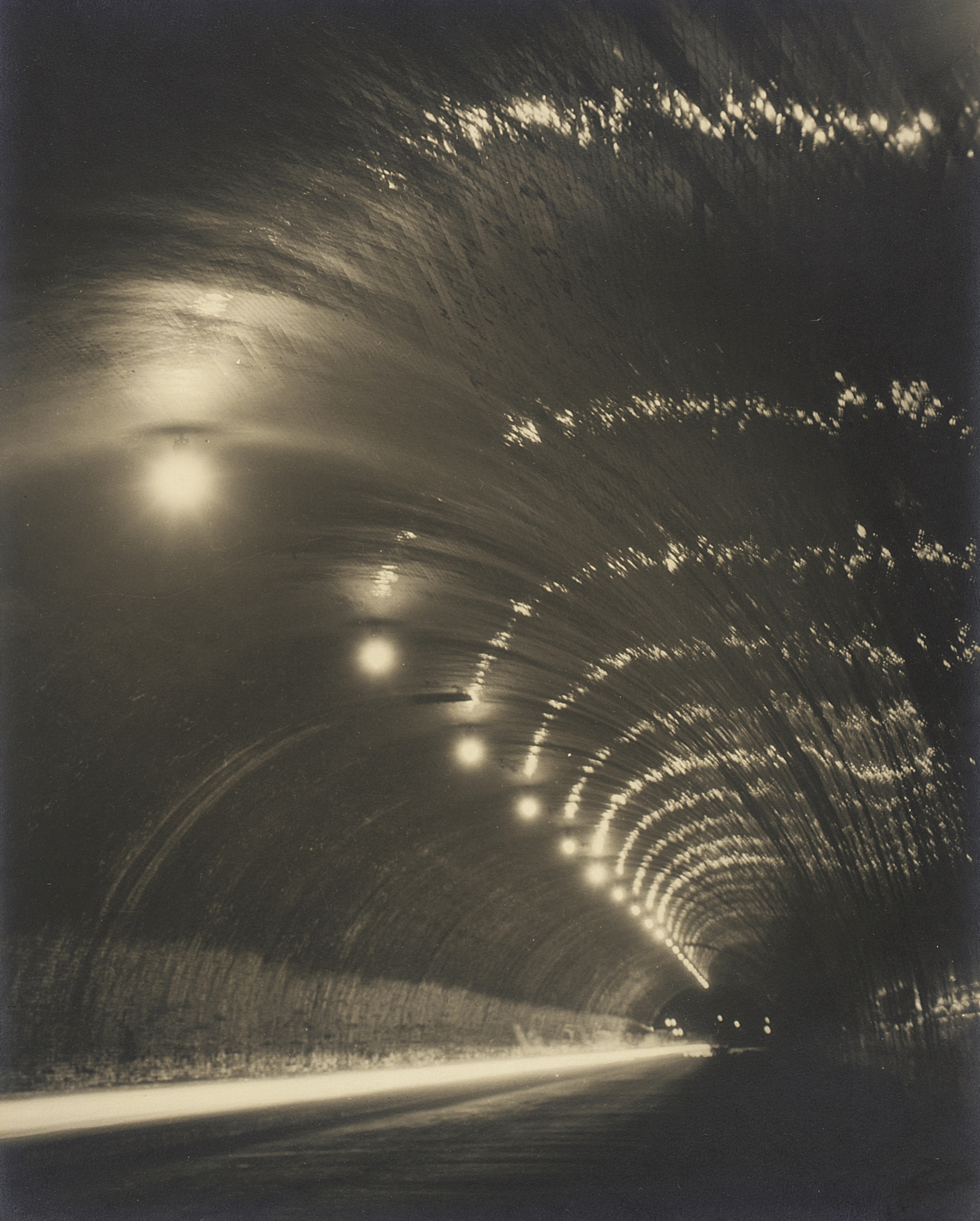
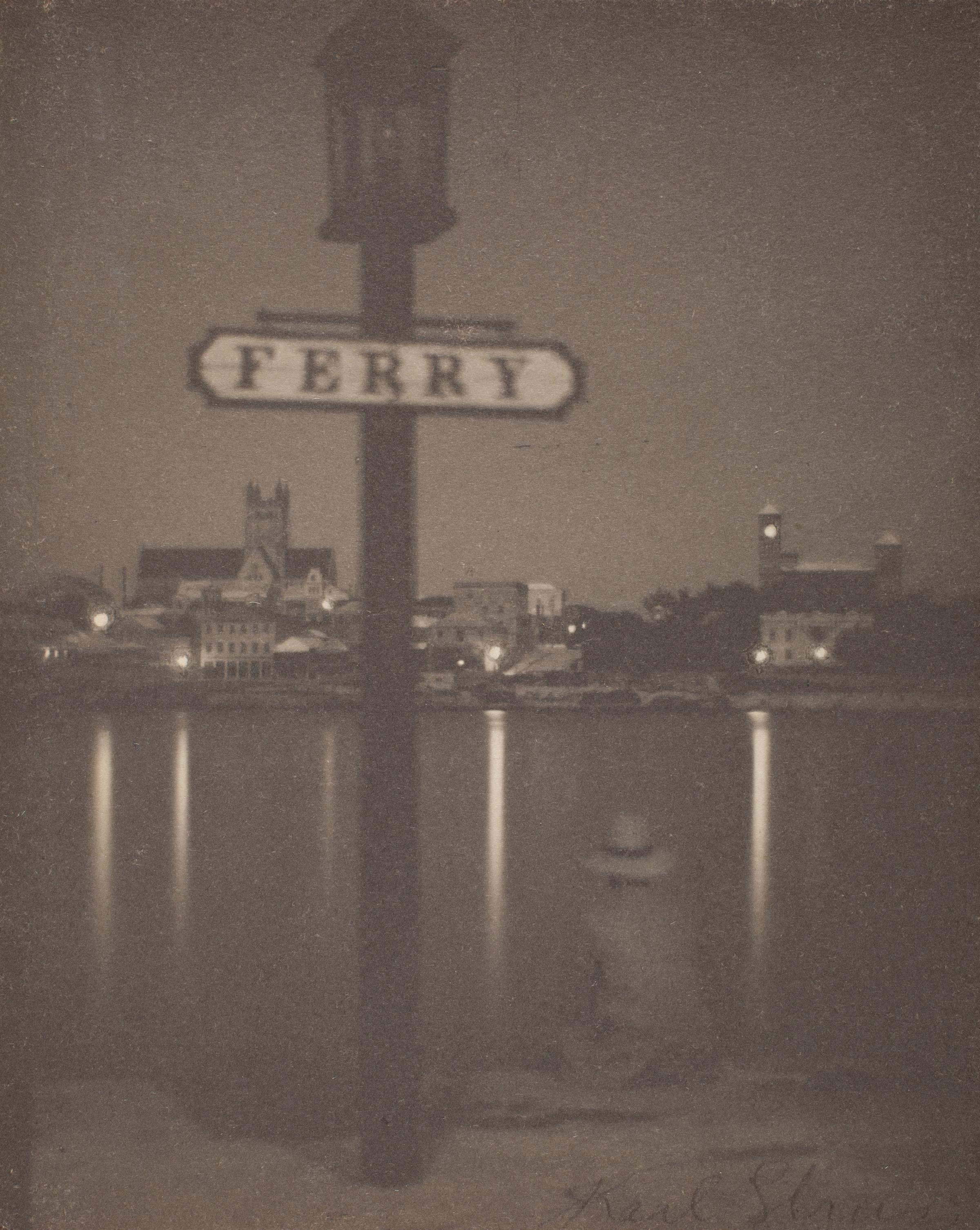

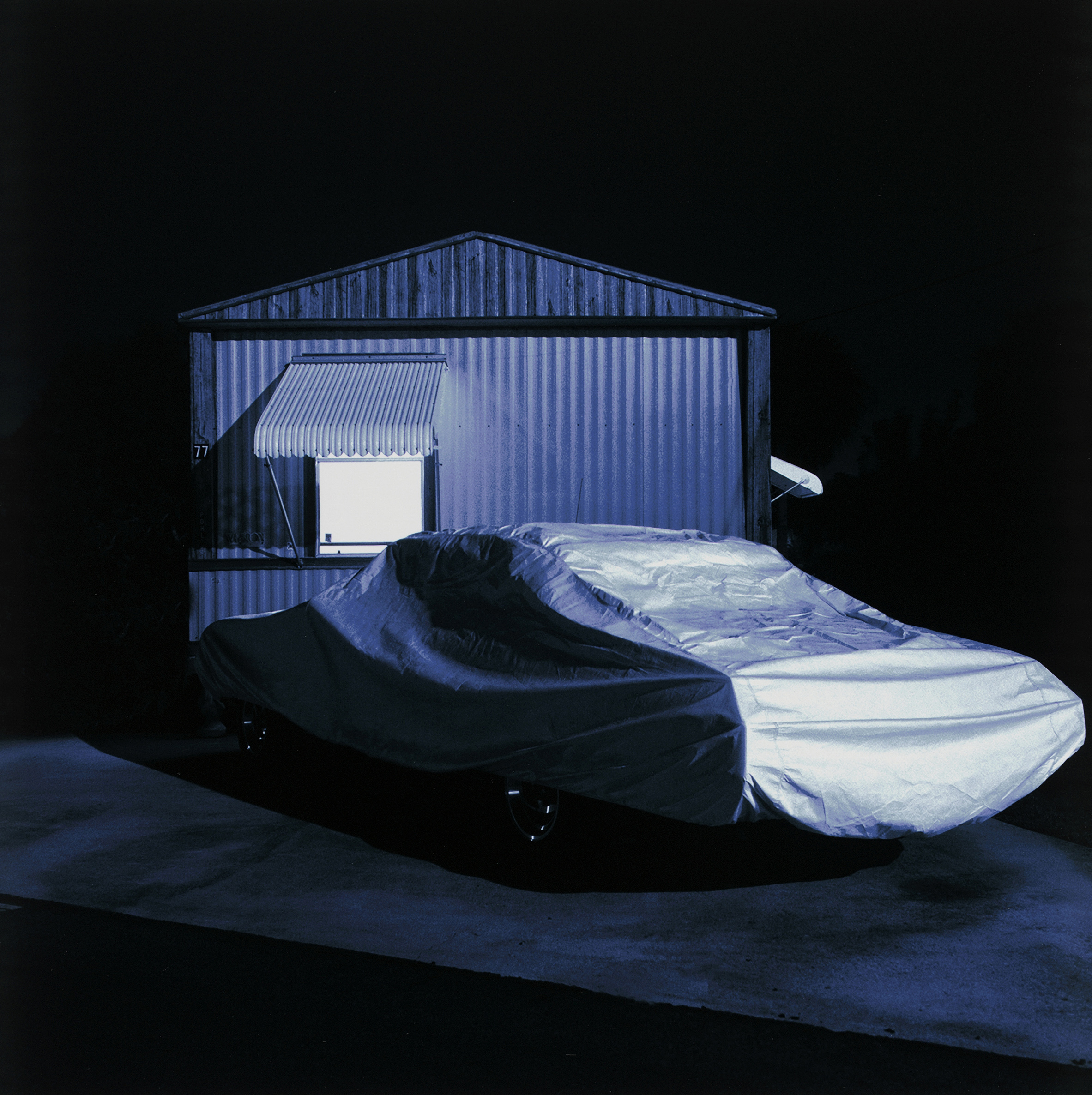

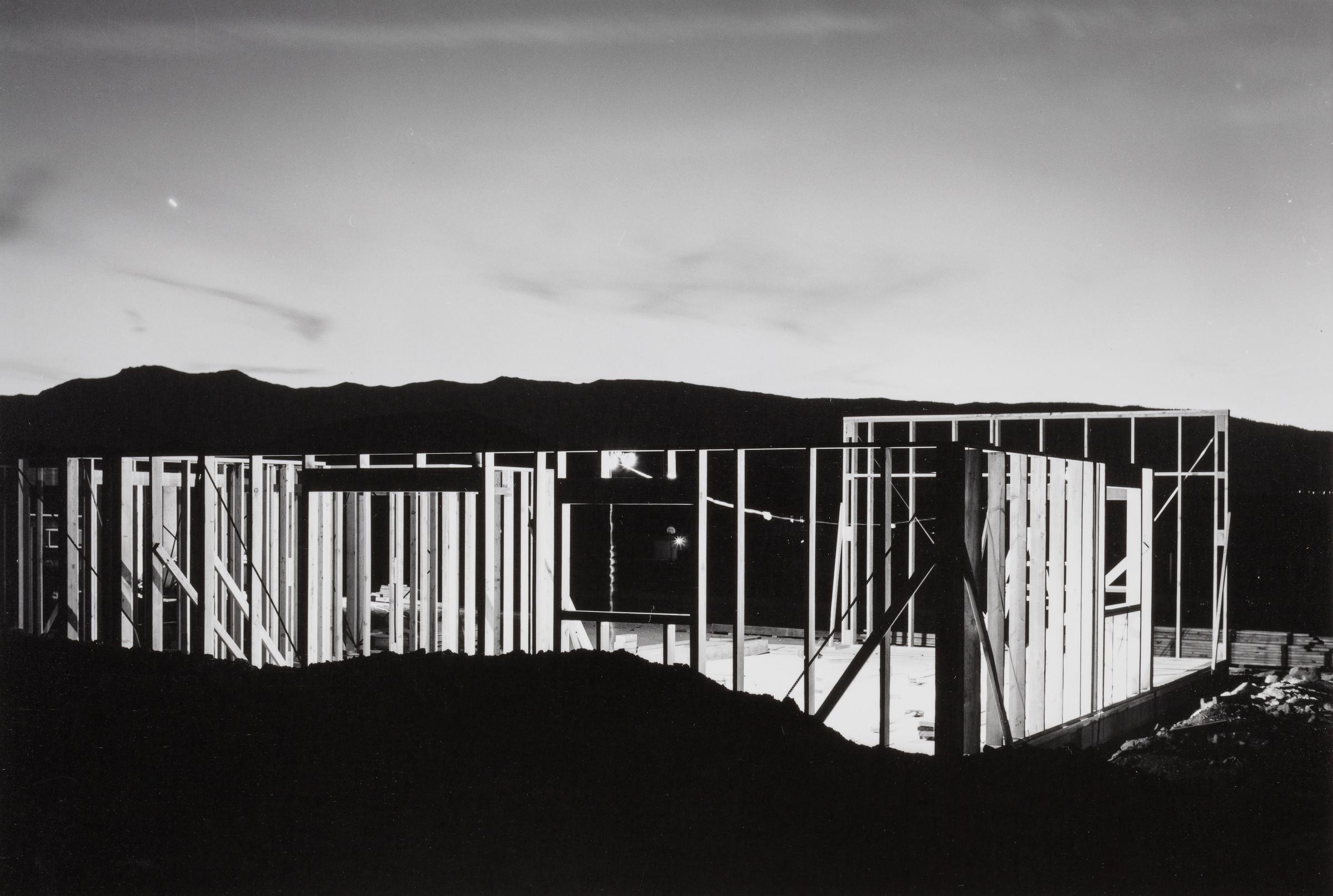


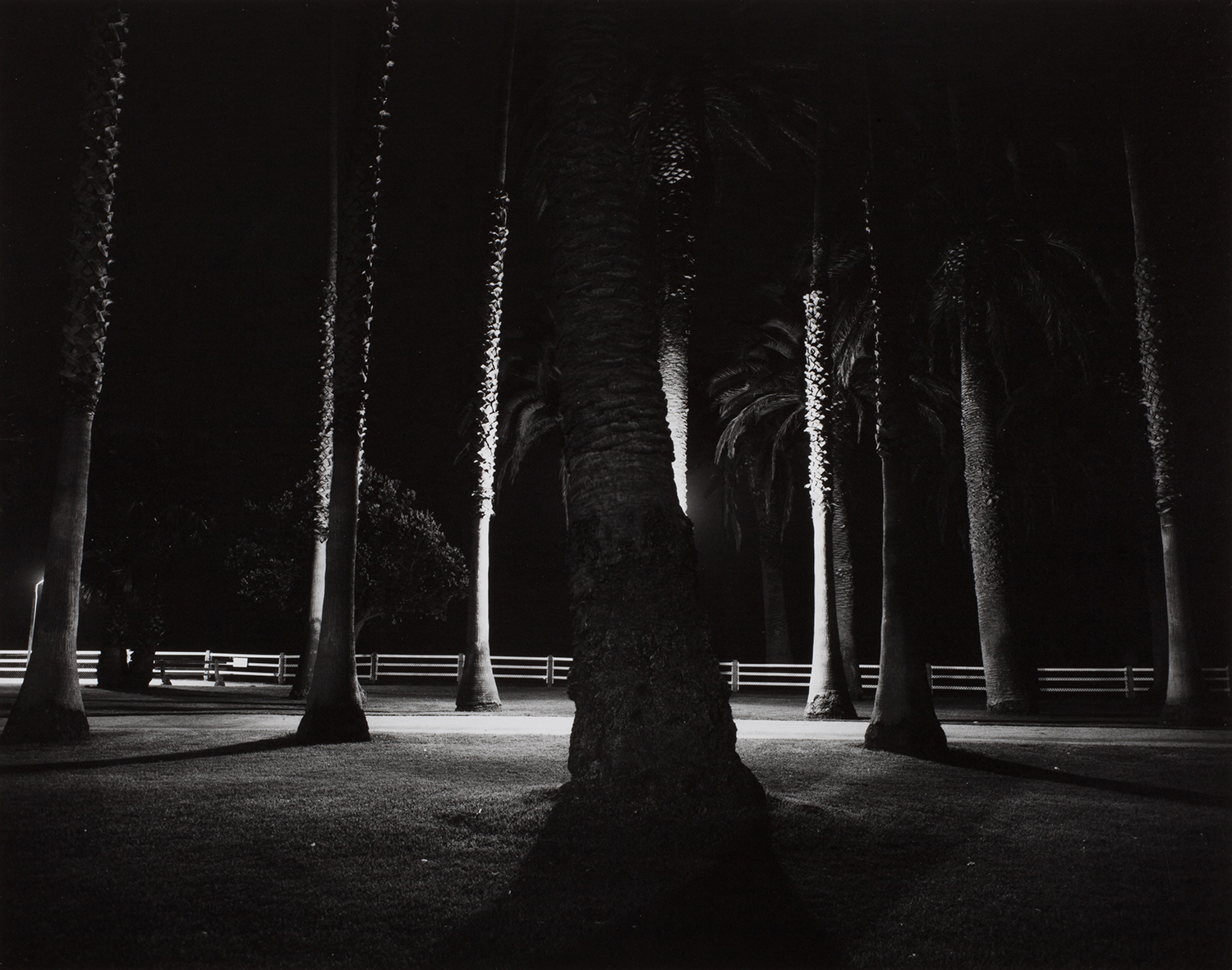

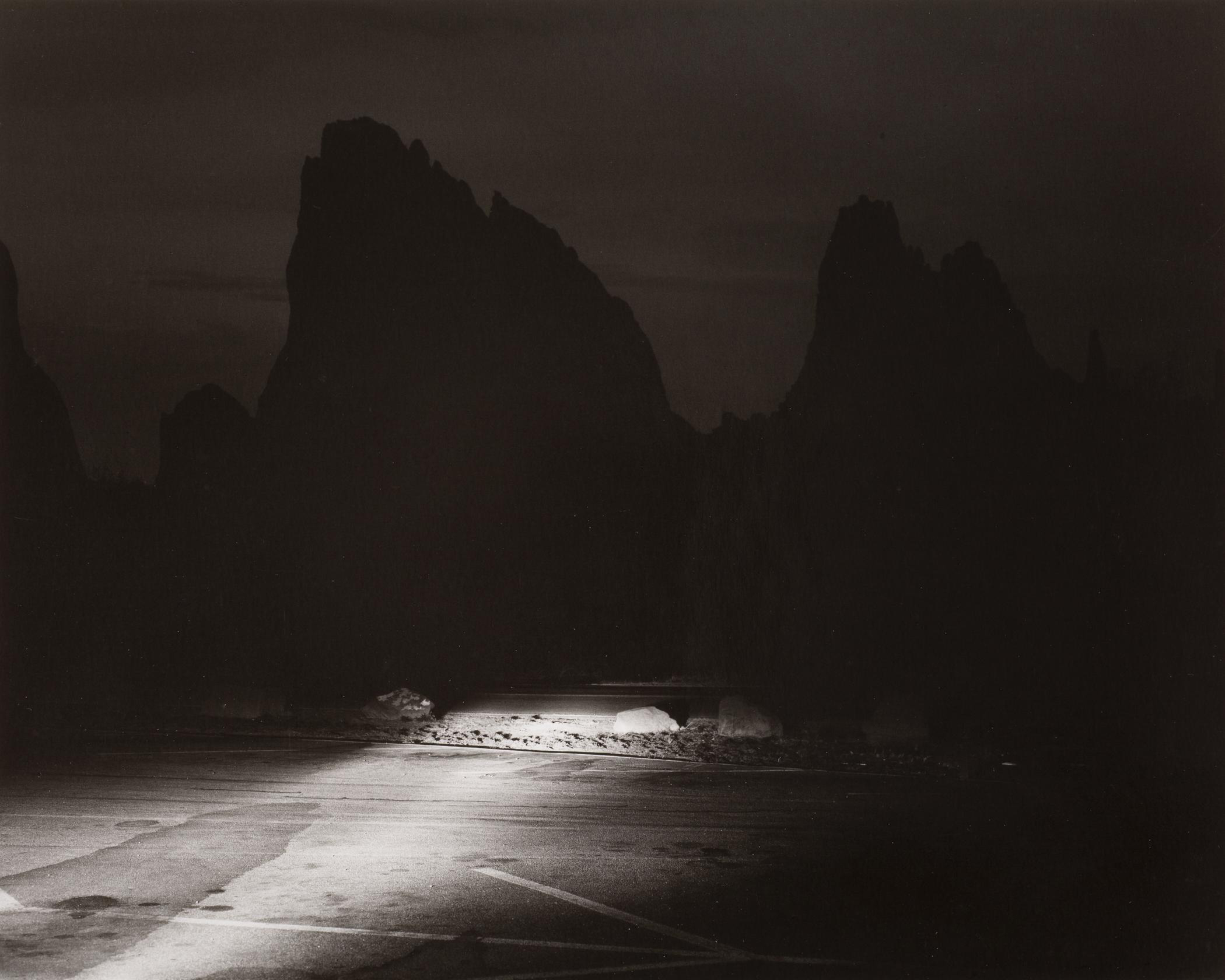
More Must-Reads from TIME
- Cybersecurity Experts Are Sounding the Alarm on DOGE
- Meet the 2025 Women of the Year
- The Harsh Truth About Disability Inclusion
- Why Do More Young Adults Have Cancer?
- Colman Domingo Leads With Radical Love
- How to Get Better at Doing Things Alone
- Michelle Zauner Stares Down the Darkness
Contact us at letters@time.com